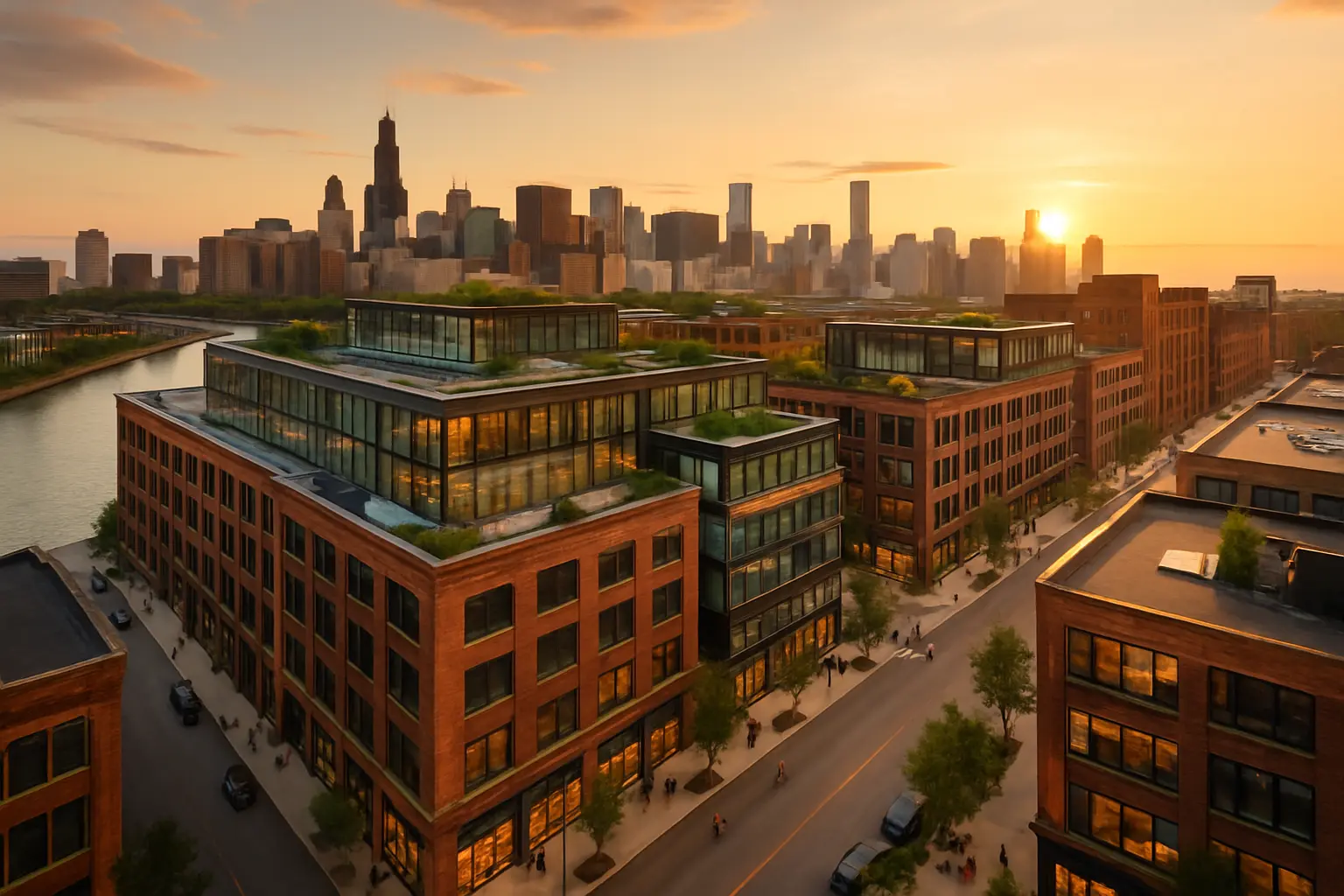From Industrial to Innovative: Chicago's Mixed-Use Property Revolution
How neighborhoods like River West and Pilsen are redefining the live-work-play concept in urban spaces

The Evolution of Chicago's Commercial Corridors
Chicago's urban landscape is undergoing a remarkable transformation as former industrial powerhouses evolve into dynamic mixed-use communities. In River West, century-old warehouses now house trendy loft apartments above artisanal coffee shops, while Pilsen's industrial corridors have become vibrant artistic hubs with galleries, creative workspaces, and modern residences.
The transformation is particularly evident in these areas where:
- Adaptive Reuse: Historic brick buildings maintain their architectural character while incorporating modern amenities
- Community Integration: New developments prioritize public spaces and street-level retail
- Cultural Preservation: Local identity remains intact while embracing contemporary urban planning
Smart Investment Opportunities
Logan Square and Wicker Park are emerging as prime examples of strategic mixed-use development. These neighborhoods showcase how thoughtful commercial-residential integration can create sustainable urban ecosystems.
Key Investment Trends
- Micro-Retail Spaces: Small-format stores that cater to local entrepreneurs
- Tech-Enabled Buildings: Smart home features and co-working amenities
- Sustainable Design: Green building practices and energy-efficient systems
"The future of urban development lies in creating spaces where people can seamlessly transition between work, life, and leisure activities," notes a prominent Chicago urban planner.
The New Urban Lifestyle
West Town and Lincoln Park are redefining urban living for modern professionals. These neighborhoods offer innovative live-work spaces that cater to the evolving needs of remote workers and creative entrepreneurs.
Lifestyle Benefits
- Flexible Spaces: Convertible areas that adapt to different needs throughout the day
- Community Amenities: Shared workspaces, fitness centers, and social areas
- Urban Convenience: Walking distance to essential services and entertainment
Future Growth Prospects
Chicago's mixed-use development landscape continues to evolve, with several emerging trends shaping the future:
- Health-Centric Design: Increased focus on wellness amenities and outdoor spaces
- Transit-Oriented Development: New projects centered around transportation hubs
- Technology Integration: Smart building systems and digital community platforms
As Chicago's neighborhoods continue to transform, the mixed-use property revolution is creating unprecedented opportunities for residents, businesses, and investors alike. The successful integration of living, working, and recreational spaces is not just reshaping the city's physical landscape but also fostering more connected and sustainable communities.
Looking Ahead
The future of Chicago's mixed-use developments points toward even more innovative solutions, with a focus on:
- Environmental sustainability and green initiatives
- Enhanced community engagement and social spaces
- Flexible architecture adapting to changing urban needs


